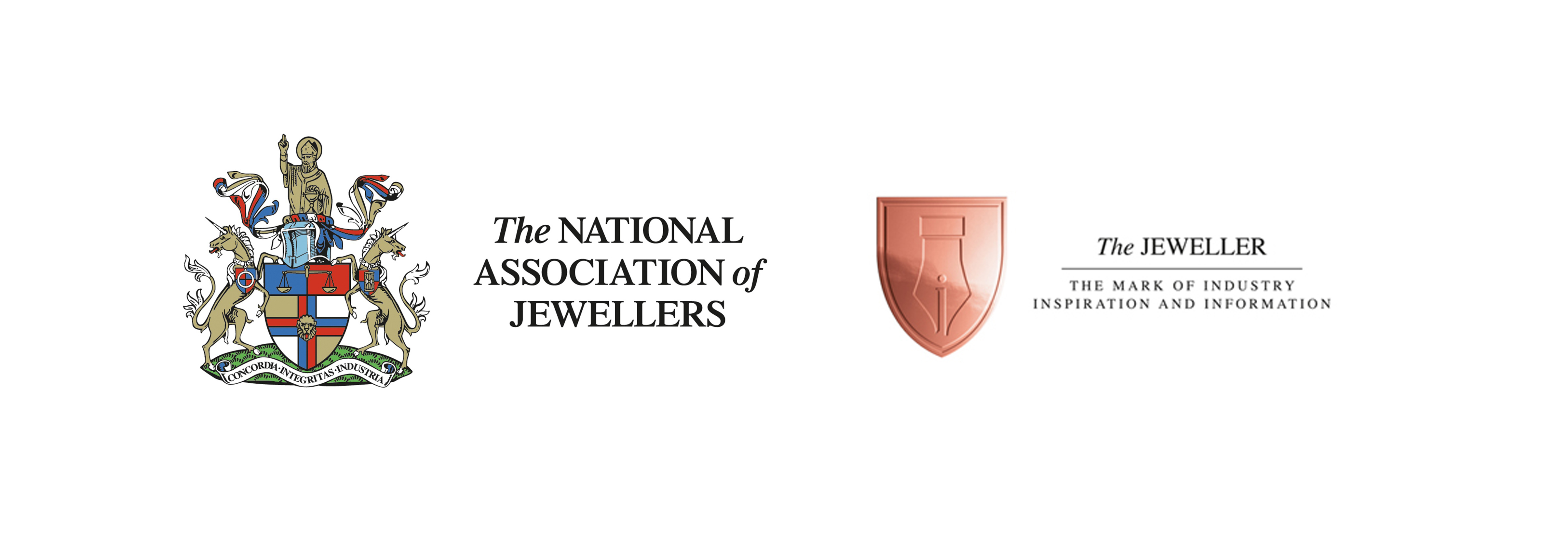
Miranda Raw, Director of Raw Pearls
Top industry publication, The Jeweller Magazine, asked Raw Pearls director, Miranda Raw, for her expert opinion on the future of freshwater pearls. Out in the May-June edition, here’s what Miranda had to say.
Being at the heart of the UK pearl market, I am now frequently asked by jewellers why there has been a significant rise in the price of freshwater pearls, a trend that is set to continue.
The answers lie in China where the vast majority of the world’s freshwater pearls are created. As the country has become more prosperous, the Chinese people strive for a better quality of life, raising concerns about environmental issues along the way. In addition, pearl producers are often turning to more lucrative and reliable industries to make a living, resulting in a reduction in production levels year-on-year.
The methods involved in pearl production are also a factor as mussels are fed fertiliser to grow and the more they are fed the quicker they produce a pearl. This has had an impact on water quality and as a result, farms have been closed down. Fewer farms mean less product and, in general, a smaller harvest. Pressure now exists on the farmers to make their processes more environmentally sustainable if they are to continue to do business. In the long term, this may be a good thing for the environment and for the quality of pearl we are seeing, but is likely to cause a continuation in price rises.
Another strong trend in freshwater pearl farming is bead nucleation of freshwater pearl. In the past, only seawater pearls have been nucleated with a bead within the culturing process; freshwater pearls have been nucleated only with a piece of mussel tissue to begin the process. This has meant that the pearls produced in freshwater lakes have often been baroque or off-round, and those with a round shape have made up only a small part of the crop. A few years ago China began experimenting with bead nucleation using a round bead. Attempts were poor initially, but some are now producing a good quality pearl, which is promising to see. One of the larger pearl companies, Grace Pearl, branded the product they produced as ‘Edison Pearl’, giving a name to the bead nucleated freshwater pearls they produce.
At Raw Pearls, we place great value on hand-selecting the very finest pearls. Over the past 35 years, we have been building relationships with other family businesses to create strong working relationships. On our buying trips we continue to source freshwater pearl at origin in mainland China and get to see first hand what is happening on the ground. Therefore, even when we have found much of a harvest to be of low quality we can select from the cream of the crop, and from this we are then hand-selecting every pearl.
In recent years we have seen bead nucleated freshwater pearls produced in sizes of 11mm up which are considered very large in freshwater pearl terms. In the past, when just a piece of flesh began the process it would have taken many years to produce a pearl of over 11mm and the likelihood of it being round would have been very small. These larger sizes and good shape have been available in seawater pearls, such as South Sea pearls, for many years – so what China is producing, whilst on the whole isn’t of the quality of the South Sea pearl, in terms of size, and with careful selection, has the potential to rival it – and at a lower price.
Just this year we have also seen a small production of 8 to 10mm pearls that have been produced using bead nucleation and therefore have very good shape, and those we selected were of beautiful quality.
Smaller sizes such as 3 to 6mm, which can be produced in a shorter time than 7 to 9mm pearls, are currently in good production. However, due to the overall reduction in product levels being produced, we are still seeing marginally higher prices for these smaller sizes as well as for the larger nucleated pearls of 11mm plus. Meanwhile, the most popular mid sizes of 7 to 10mm are commanding significant rises. Add to this the pressure of the USD vs. GBP exchange rate and retailers are likely to see prices rise for the mid and most popular of sizes.

